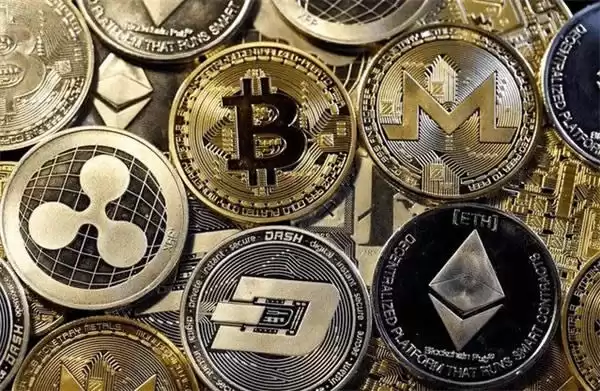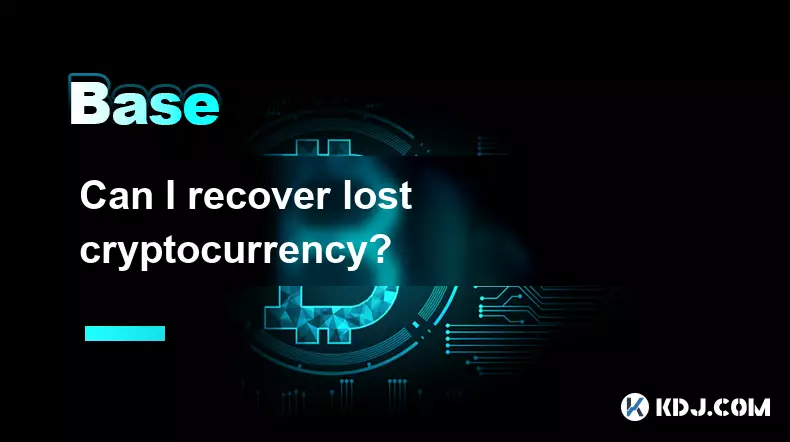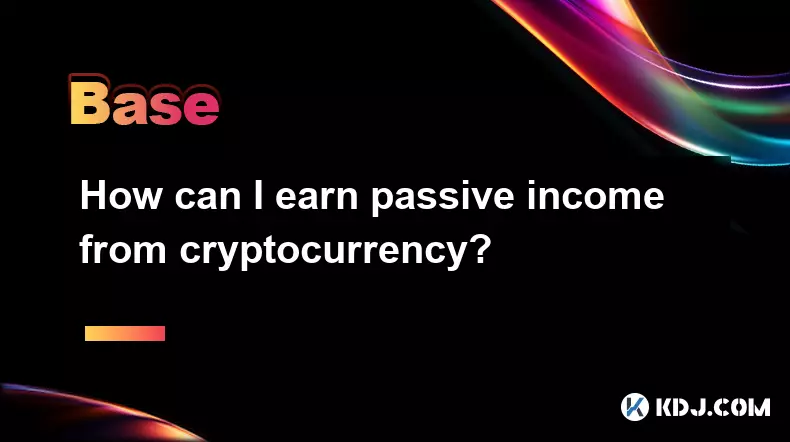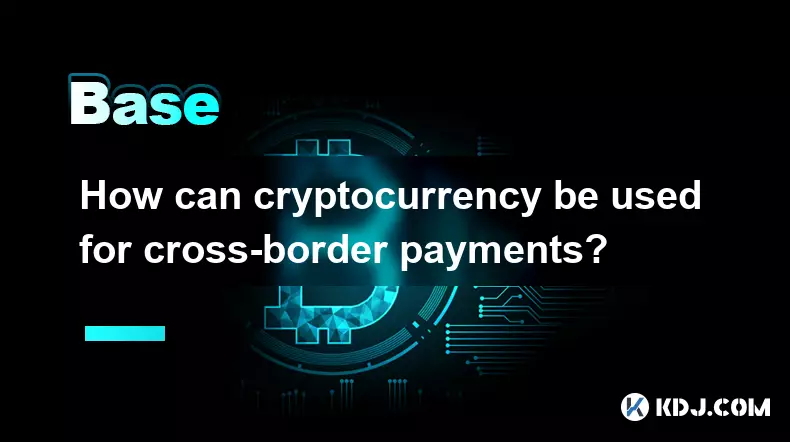-
 bitcoin
bitcoin $109523.663807 USD
-0.13% -
 ethereum
ethereum $4019.526508 USD
2.06% -
 tether
tether $1.000482 USD
0.00% -
 xrp
xrp $2.776815 USD
0.18% -
 bnb
bnb $958.942396 USD
0.12% -
 solana
solana $204.294698 USD
3.84% -
 usd-coin
usd-coin $0.999693 USD
0.00% -
 dogecoin
dogecoin $0.232115 USD
2.09% -
 tron
tron $0.338028 USD
0.84% -
 cardano
cardano $0.790920 USD
1.50% -
 hyperliquid
hyperliquid $44.871443 USD
5.60% -
 ethena-usde
ethena-usde $1.000322 USD
0.04% -
 chainlink
chainlink $21.034165 USD
2.60% -
 avalanche
avalanche $28.794831 USD
-0.54% -
 stellar
stellar $0.360466 USD
1.24%
What Is Limit Order?
Limit orders allow traders to control the execution price of their trades, protecting them from market fluctuations and mitigating the risk of slippage.
Nov 14, 2024 at 08:57 pm

Limit orders are a critical component of the blockchain trading ecosystem, enabling traders to execute buy and sell transactions at predetermined prices. This guide will delve into the intricacies of limit orders, addressing questions such as: What are limit orders? How do they differ from market orders? What are the advantages and disadvantages of using limit orders?
1. Definition of Limit OrdersLimit orders are instructions submitted to an exchange that specify both the price at which an asset is to be traded and the maximum (or minimum) quantity that should be executed. Unlike market orders, which are executed immediately at the current market price, limit orders are only executed when the specified price condition is met.
2. Types of Limit OrdersThere are two main types of limit orders:
- Buy Limit Order: Specifies the maximum price traders are willing to pay for an asset. The order is executed only when the asset's price falls to or below the specified limit price.
- Sell Limit Order: Specifies the minimum price traders are willing to accept for an asset. The order is executed only when the asset's price rises to or above the specified limit price.
- Price Protection: Limit orders protect traders from significant price fluctuations, ensuring that a transaction is executed only when the desired price is met.
- Reduce Risk: Limit orders mitigate the risk of slippage, where a market order is executed at a price different from the expected one due to rapid price movements.
- Increased Control: Limit orders provide traders with greater control over the execution of their trades compared to market orders.
- Missed Opportunities: Limit orders may result in missed trade opportunities if the price does not move in the anticipated direction or if it moves too quickly to trigger the order.
- Delayed Execution: Unlike market orders, limit orders may take time to execute, as the specified price condition needs to be met.
- Liquidity Constraints: Limit orders may not be the best option in low-liquidity markets, where there may not be enough buyers or sellers willing to trade at the specified price.
To place a limit order, traders specify the following parameters:
- Limit Price: The price at which the order will be executed.
- Order Quantity: The number of units of the asset to be traded.
- Order Type: Buy limit order or sell limit order.
- Time in Force: The duration for which the order will remain active on the exchange.
Limit orders are executed on an exchange's order book, where they are matched with corresponding market orders with the same limit price or better. Once the specified price condition is met, the limit order will be executed at the limit price or a more favorable price.
7. Advanced Features of Limit OrdersSome exchanges offer advanced features for limit orders, including:
- Trailing Stop Limit Orders: Automatically adjust the limit price based on the prevailing market price to lock in profits or limit losses.
- Iceberg Orders: Break down a large limit order into smaller segments, concealing the real order size from the market.
- Fill or Kill (FOK) Orders: Require the entire order to be executed immediately or canceled if any portion of it cannot be completed.
Limit orders provide traders with a powerful tool to mitigate risk, increase control, and execute trades at desired prices. By understanding the concepts and benefits associated with limit orders, traders can leverage this trading mechanism to enhance their overall trading strategies.
Disclaimer:info@kdj.com
The information provided is not trading advice. kdj.com does not assume any responsibility for any investments made based on the information provided in this article. Cryptocurrencies are highly volatile and it is highly recommended that you invest with caution after thorough research!
If you believe that the content used on this website infringes your copyright, please contact us immediately (info@kdj.com) and we will delete it promptly.
- BTC, Hard Fork, and Disputed Futures: A Bitcoin Knots Controversy
- 2025-09-28 01:05:16
- Litecoin, Remittix, and Crypto Payments: A New Era?
- 2025-09-28 01:05:16
- Crypto Presales: Is $BFX the Next Big Thing?
- 2025-09-28 00:25:12
- Kraken's IPO Ambitions: Navigating Valuation in a Recovering Crypto Market
- 2025-09-28 00:25:12
- World Liberty Financial (WLFI): Buyback & Burn Bonanza - Will the Price Ignite?
- 2025-09-28 00:45:12
- Bitcoin's Bumpy Ride: Navigating Risks and Potential Downturns
- 2025-09-28 00:30:01
Related knowledge

What are some common methods of cryptocurrency market manipulation?
Sep 27,2025 at 02:55am
Wash Trading and Its Impact on Market Perception1. Wash trading involves an individual or entity simultaneously buying and selling the same cryptocurr...

How do I read a cryptocurrency whitepaper?
Sep 27,2025 at 05:54am
Understanding the Structure of a Cryptocurrency Whitepaper1. Begin by identifying the executive summary, which outlines the project’s core vision and ...

Can I recover lost cryptocurrency?
Sep 25,2025 at 08:18am
Understanding the Nature of Cryptocurrency Loss1. Cryptocurrency operates on decentralized networks, meaning there is no central authority to reverse ...

How do I choose a cryptocurrency investment strategy?
Sep 27,2025 at 03:55pm
Understanding Risk Tolerance in Crypto Investing1. Assessing personal risk tolerance is a foundational step when entering the cryptocurrency market. V...

How can I earn passive income from cryptocurrency?
Sep 23,2025 at 10:18am
Staking Cryptocurrencies for Regular Returns1. Many blockchain networks operate on a proof-of-stake (PoS) consensus mechanism, allowing users to earn ...

How can cryptocurrency be used for cross-border payments?
Sep 28,2025 at 01:36am
Efficiency in International Transactions1. Cryptocurrency enables near-instant settlement across borders without relying on traditional banking interm...

What are some common methods of cryptocurrency market manipulation?
Sep 27,2025 at 02:55am
Wash Trading and Its Impact on Market Perception1. Wash trading involves an individual or entity simultaneously buying and selling the same cryptocurr...

How do I read a cryptocurrency whitepaper?
Sep 27,2025 at 05:54am
Understanding the Structure of a Cryptocurrency Whitepaper1. Begin by identifying the executive summary, which outlines the project’s core vision and ...

Can I recover lost cryptocurrency?
Sep 25,2025 at 08:18am
Understanding the Nature of Cryptocurrency Loss1. Cryptocurrency operates on decentralized networks, meaning there is no central authority to reverse ...

How do I choose a cryptocurrency investment strategy?
Sep 27,2025 at 03:55pm
Understanding Risk Tolerance in Crypto Investing1. Assessing personal risk tolerance is a foundational step when entering the cryptocurrency market. V...

How can I earn passive income from cryptocurrency?
Sep 23,2025 at 10:18am
Staking Cryptocurrencies for Regular Returns1. Many blockchain networks operate on a proof-of-stake (PoS) consensus mechanism, allowing users to earn ...

How can cryptocurrency be used for cross-border payments?
Sep 28,2025 at 01:36am
Efficiency in International Transactions1. Cryptocurrency enables near-instant settlement across borders without relying on traditional banking interm...
See all articles









































































